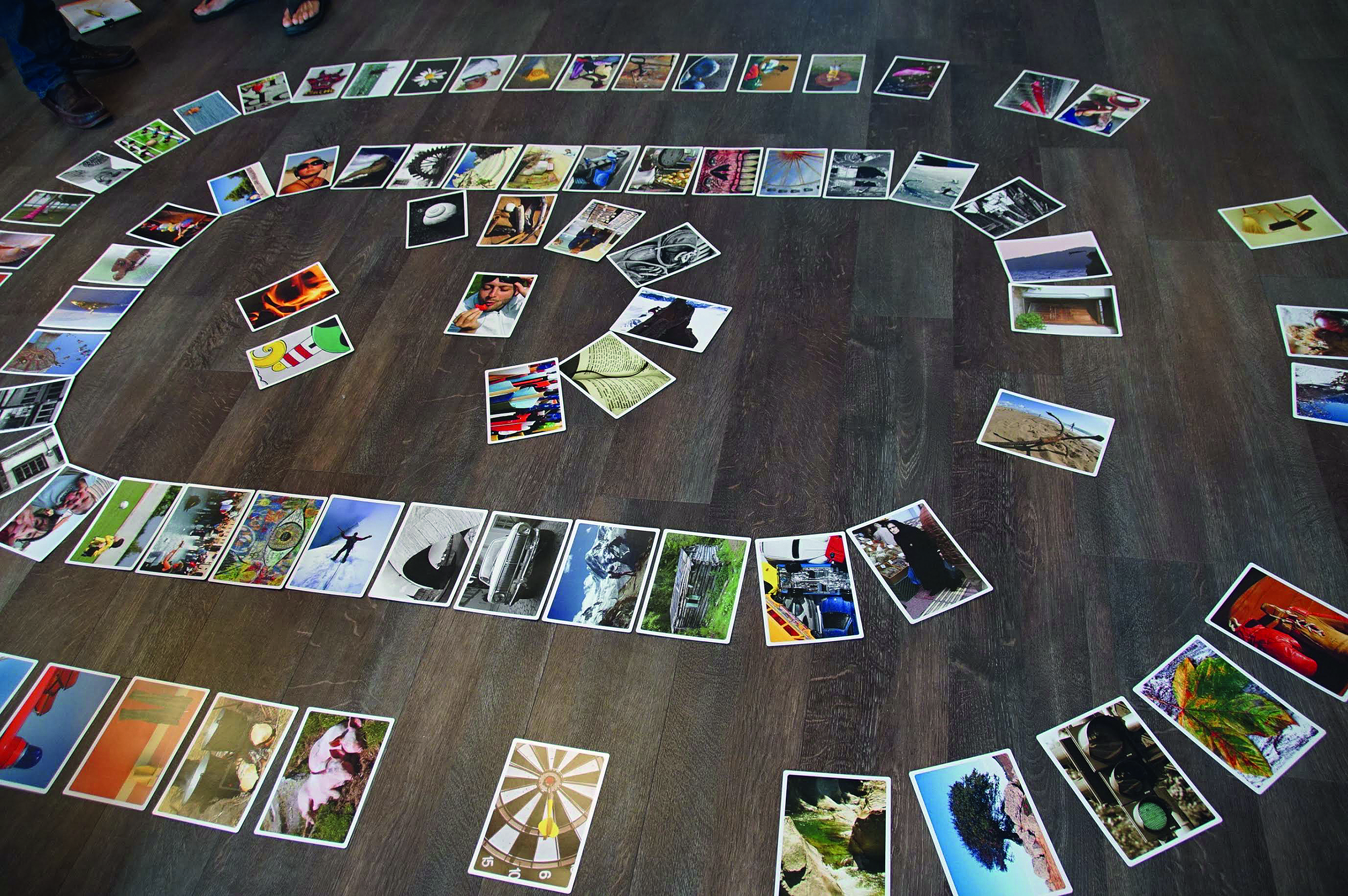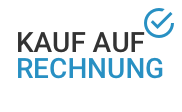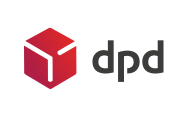Assigning Meaning - On the art of reflection
ASSIGNING MEANING - ON THE ART OF REFLECTION
“Oh, God, we really messed that task up,” you sometimes hear participants say, or: “Wow, we rock!” So, what actually happened during this interaction activity? How did the participants come to these conclusions? And just to get one thing straight from the outset: Yes! It could be one and the same group working with one and the same METALOG© training tool – but with two completely different perspectives on the experience. And yet these two forms of communication offering from individual participants in the group could be very challenging for us as trainers, because the same learning project can be perceived by different participants in vastly different ways. Sadly, however, we so rarely get to see and hear such differing perspectives. Which is a pity, because they would greatly enrich the reflection phase. Far too often, the trainer takes the first statement to represent the “truth” of the whole team. If he or she does that, it then becomes the focus of the whole group. Instead, it would be more helpful to reflect on the experience in a more systemic manner, that is more about “assigning meaning.” Indeed, the danger of the first participant’s statement, and the trainer’s reaction to it, is that it strongly focuses the attention of the entire group, very much like creating a frame through which the rest of the reflection on the experience is viewed.
In order to make a success of the “assigning meaning” phase, it is important to first get the group to release themselves from the experience, to put distance between themselves and what has just happened. Because, although an associative focus on the experience can be considered an important learning position, at the same time, dissociative learning from a meta-perspective position (that is, looking at “what we have just experienced”) is extremely helpful and possesses quite different learning qualities. This is where the wealth of diverse perspectives and insights that the group has gained comes into play. It works particularly well with the 3-phase transition model, which describes the timing of particular qualities of question.
A QUESTION OF TIMING: THE 3-PHASE TRANSITION MODEL
Phase 1: Collect
The aim here is to capitalize on the participants’ different viewpoints and, at the same time, to turn the failure they experienced into pragmatic learning outcomes. As a trainer, I find it helpful to always bear the following in mind: Every question I now ask is like a magnifying glass that not only focuses the attention and the cognitive and inner emotional search processes of each group member but also the state of mind of the group as a whole!
Process outcome of the questions posed during the “Collect” phase:
Showing appreciation for what the individual participants experienced, stepping back from the experience of the learning project, establishing a resourceful state of mind.
Implicit modeling and introduction of the following rules: “You are allowed to speak openly about your experiences,” “I am listening to you,” “We pay attention to the needs of others.”
Question categories:
Questions about different perspectives of the experience
“How did you experience the learning project?” and “Who experienced it differently?”; “How did you experience yourselves as a team?”; “What was going through your mind when...?”
Questions about process and development steps
“What phases can you describe?” and “Suppose you were to give these different phases names, what would you call them?”; “When did an important learning step occur?”
Competence-focused questions
“What skills did you use to complete the task?”; “What competencies did you need?”; “What helped you complete the task so successfully?”
Refocusing questions on dealing with challenges and defeats
“How did you experience the phase when nothing seemed to work?” and “How did you manage to rise to the challenge?”; “What competencies would you have needed?” “Imagine you were to face this challenge again, what would you do differently?”
“Conversational pacemakers” during the “Collect” phase
During this phase, some groups need help to start communicating with each other. The following conversational pacemakers could be of use here:

Before addressing the questions together, it is sometimes a good idea to write them down and to split the whole group into pairs or mini-groups. This approach generates more material for later discussion. The subgroups then report back to each other. This gives everyone a chance to speak, and enables everyone to talk about their personal experience in a safe environment.

Symbols and pictures present an excellent opportunity to attribute meaning and to reflect on how the individual participants experience the learning projects. Pictures help learners gather and express their thoughts and feelings. They make learning project processes less complex and get to the heart of the matter. The trainer spreads the photo cards out on a table or on the floor. Then she addresses the participants: “I would really like to know how you experienced the learning project, and I would like each of you to select a card that reflects the learning project for you.”

In order to support groups who find it difficult to talk about their experiences, I developed a set of “symbol balls.” These symbol balls can, of course, be interpreted in a variety of ways, Here are a few examples of how I like to use them:
Brain: “I have learned/understood that...”
Key: “A key moment for me was...”
Heart: “I experienced/felt....”
Hand: “I was supported by... / What helped me was...”
Hand, thumb up: “What I really liked was....”
Foot: “My next steps will be…”
Camera: “The way I see things now is....”
Phase 2: Transfer
Here, the key step is to make the participants aware of the need to “translate” their experiences to their everyday lives. This involves a cognitive transition from the interaction activity to the group’s “real world.”
Process outcomes of the “Transfer” phase:
Establish meaning and relevance for everyday life
Preparation for the “Develop” phase
Helpful questions for the Transfer stage
“What typical everyday situations do you think this learning project reflects?” “How can you use these experiences at work?”
Phase 3: Develop
In the third phase, we detach ourselves from the learning project. The learning project was the catalyst, and we are now going to use the momentum it built up for further processes, coaching strategies, small-group work, role play, etc.
The 3-phase transition model is ideal for transferring what the participants experienced and learned during the seminar to everyday life. At the same time, we need to be aware that the end of the seminar usually means the end of the trainer’s responsibility. The seminar room is the seminar room. And then Monday morning comes around again. And this is the crux of the matter. Because everyday life tends to stabilize and maintain old patterns – the “new” becomes quickly engulfed by the “old” – we need to ask ourselves what we as trainers can do to improve the quality of how the ideas and plans developed in the seminar room are implemented in the ‘real world’. We need to build bridges – bridges to everyday life.
Would you like to find out more about the art of assigning meaning?
Join us at one of our METALOG© training tools Workshops,
or sign up for the next kick-off module of the Certified METALOG© Trainer in Experience-oriented Learning (EOL) Methods






